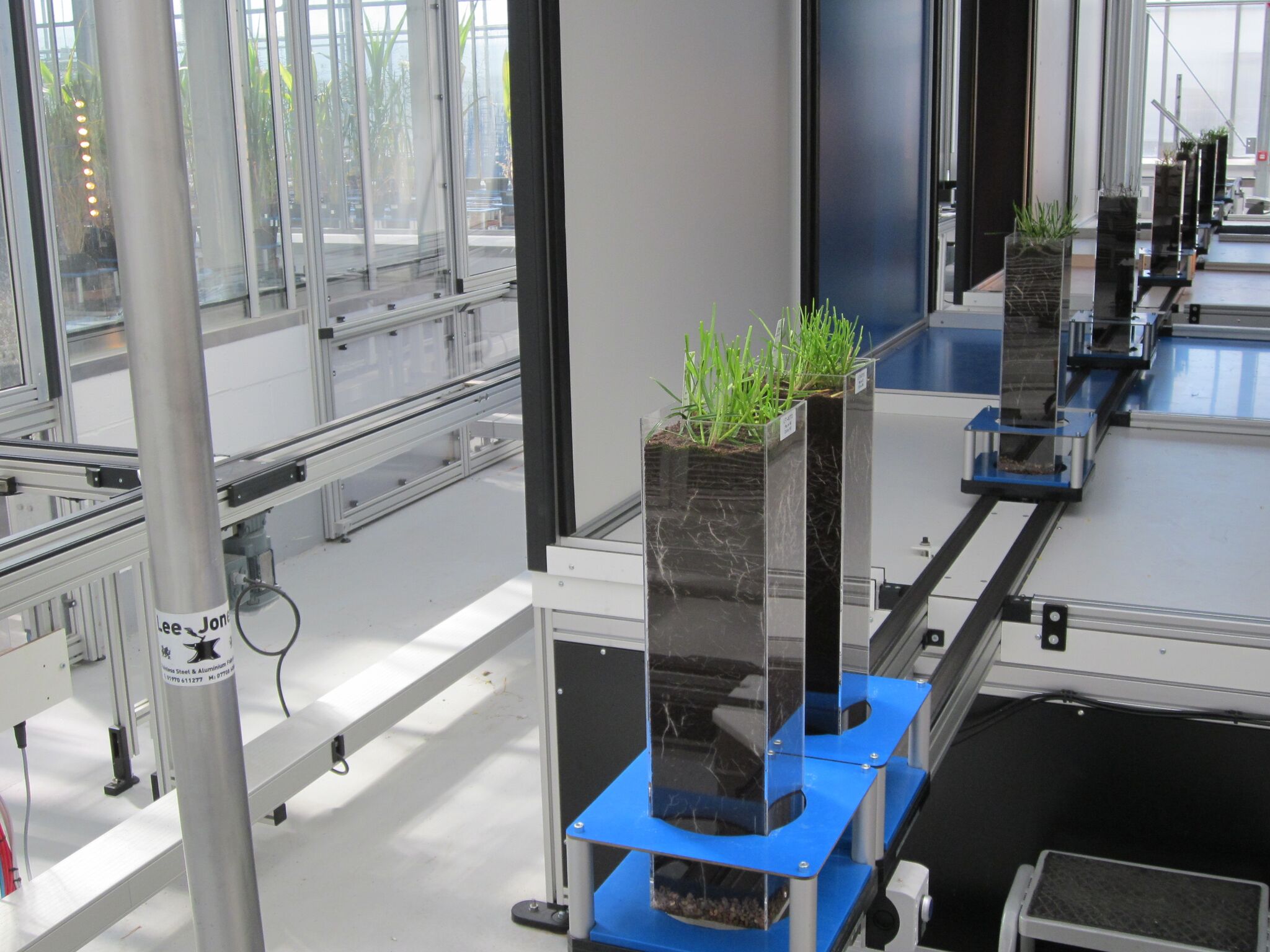
Deeper rooting forage grasses being developed at leading research establishments in the UK may offer a sustainable solution to some of the more damaging consequences of climate change.
So says Paul Billings, managing director of Germinal GB, in response to the recently published Climate Change Risk Assessment 2017 (CCRA) that highlights future threats to infrastructure, agriculture and wildlife as a consequence of flooding.
"Scientists from IBERS Aberystwyth University, who are working with partners at Rothamsted Research North Wyke in Devon, are mid-way through a five year project to create grassland with significantly enhanced root architecture," he explains.
"The project, which is funded by the Biotechnology and Biological Sciences Research Council (BBSRC), is already demonstrating the potential for adapted grassland to retain significantly more water and therefore reduce the risks of flooding.
"Recent extreme weather patterns show that large areas of the UK are facing serious threats from flooding.
"This results in damaged homes and causes significant losses for the economy and agricultural production. Many of our river catchments are upland grasslands in the wettest areas of the UK.
"If the rates of surface run-off can be reduced and rainfall captured more effectively by grassland soils, then the worst impacts of heavy rainfall down-stream may be reduced."
Sureroot project
The Sureroot project builds on earlier BBSRC-funded research published previously in the Nature Journal Scientific Reports where it was reported that a specific forage grass hybrid, one of the Festulolium group designed originally for livestock agriculture, also held a hidden underground and previously unknown property.
Project leader Professor Mike Humphreys of IBERS explains: "Festulolium are the grasses for the future.
Defined as natural hybrids between ryegrass and fescue species, they are the way ahead for sustainable livestock agricultural practices.
"Festulolium as a group vary widely in their attributes, but IBERS has developed options that provide for increased resilience to climate change and more water and nutrient-use efficiency together with several examples of environmental service.
"Their large well-developed root systems combat flooding, reduce soil erosion and compaction and offer opportunities for significant carbon capture and storage at depth in soils."
Change in soil structure
Research to date has shown that a change in soil structure brought about by the enhanced rooting of a single Festulolium variety results in increased water retention with a prolonged and significant 51% reduction in rainfall run-off, when compared with equivalent grasses that were grown alongside and that are currently used extensively throughout the UK.
The Sureroot project is assessing the efficiency and effectiveness of these and other new grasses and clovers, both for their agricultural production under a range of alternative livestock management systems and for their flood mitigation properties at different locations in the UK and at different scales.
If the initial positive findings are replicated on a large scale, this could lead to a significant breakthrough in flood alleviation.
The Sureroot project is utilising two state-of-the-art BBSRC-funded National Capability Facilities, the National Plant Phenomics Centre at IBERS, Aberystwyth University in Wales and the North Wyke Farm Platform at Rothamsted Research in Devon.
